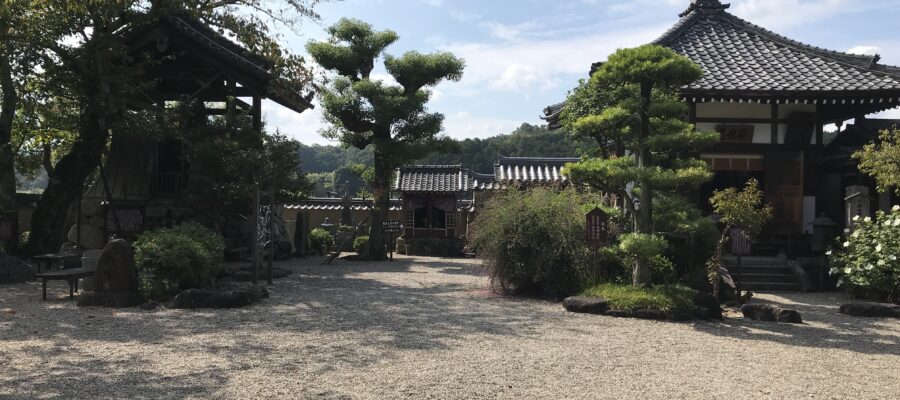甘樫丘のに登る
飛鳥は自転車で巡るもの。いつの間にか、そんなイメージが自分の中にできています。そういえば、妻と結婚する前に、レンタサイクルをした記憶もありますから、既に20世紀終盤から、そうなのでしょう。今回は、飛鳥寺を訪れることにしました。まずは、甘樫丘に登って、飛鳥の全景を眺めました。相変わらずのんびりしていて、時間が止まっているような印象を毎回受けます。
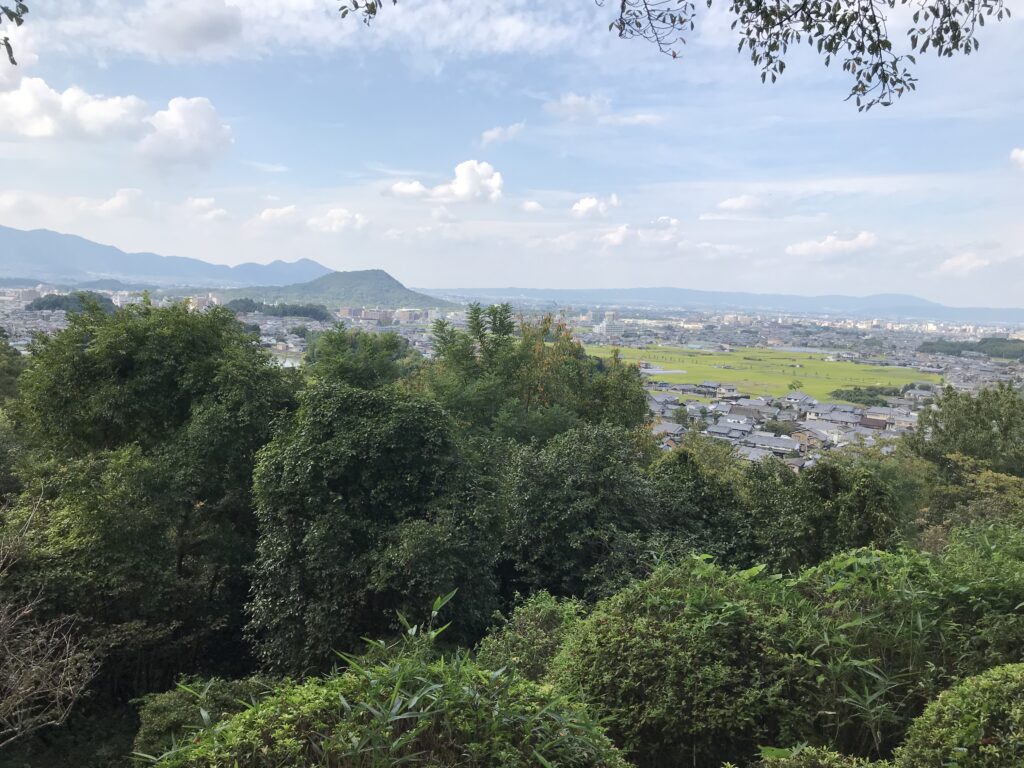
日本最初のお寺
飛鳥寺に着くと、既に何台か同じタイプの自転車が止まっています。早速、中に入ってみます。日本史の教科書でも有名ですが、ここは推古天皇4年(596)に創建された日本最初のお寺です。何度かの火災による焼失を経て、江戸時代に再建され、現在に至っています。
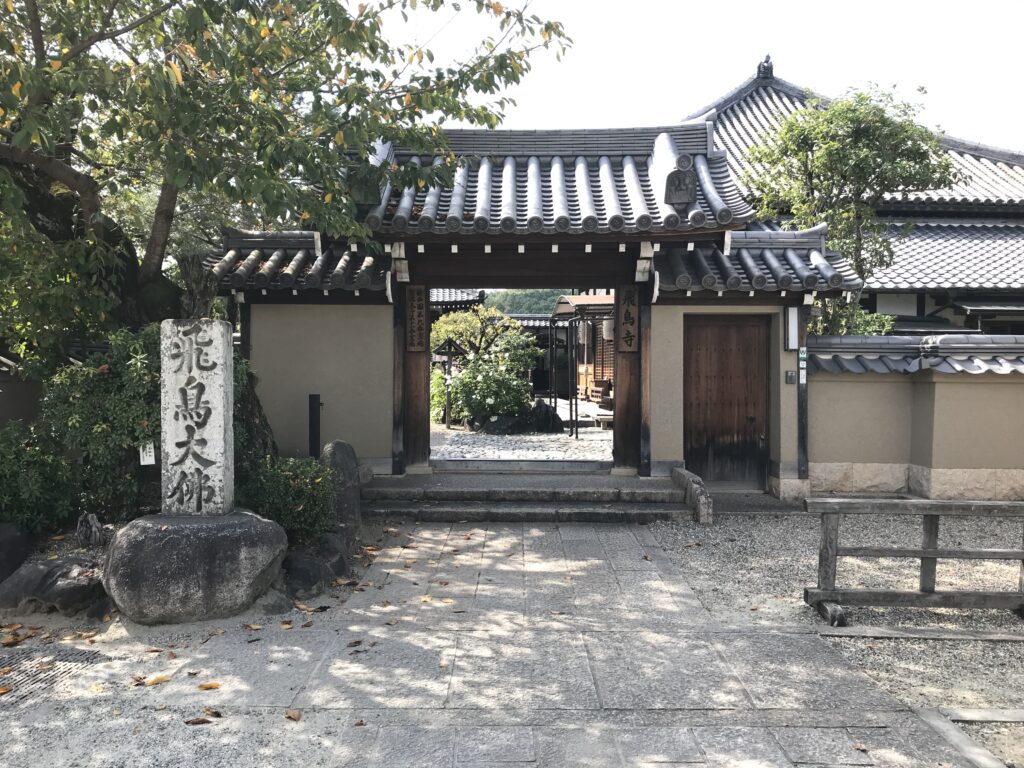
本堂に入ると、すぐに飛鳥大仏が座っておられます。東大寺の大仏を見慣れていても、こちらの大仏さんとは間近で真向かいに相対することになりますので、やはり威圧感というか迫力というか、見る者に迫ってくる何かがあります。しばらく対面しながら、ゆっくりと拝見していました。
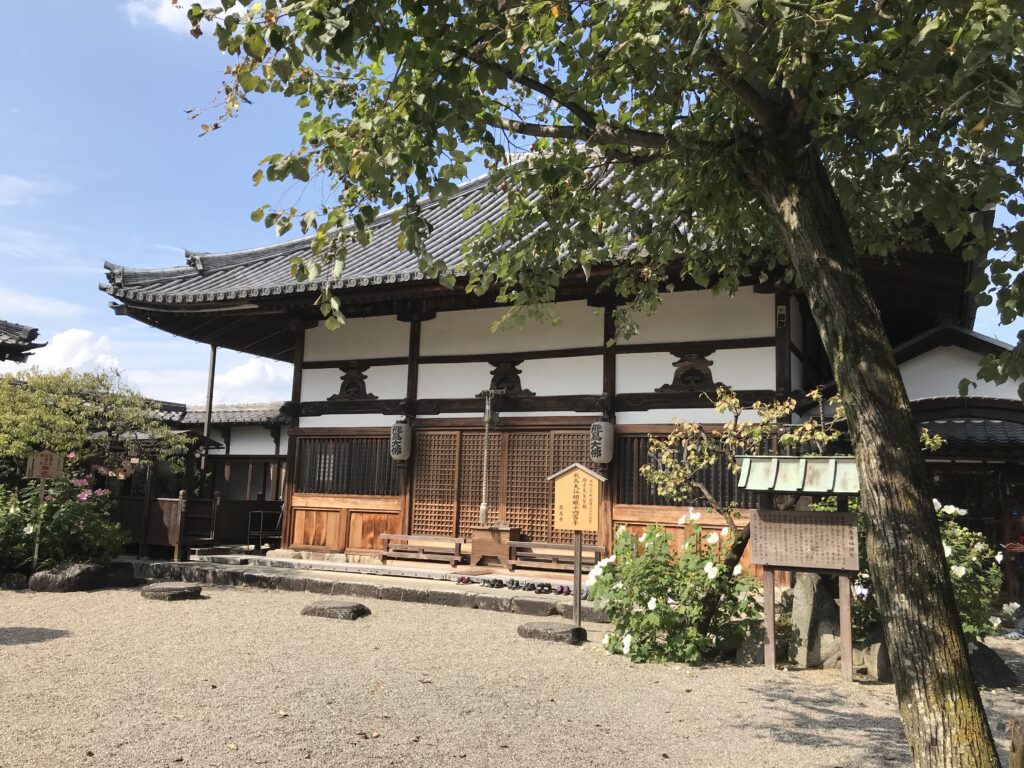
仏師の鞍作鳥が造ったと教科書で習いますが、その時に厳しい表情の様式とも教わると思います。実際に向き合うと、やはり表情は硬い感じがします。平安時代の仏様とは違いますが、日本という仏教のフロンティアに来たパイオニアとしての自負を持ったお顔だと感服しました。その後、中庭を回ってから外に出ました。
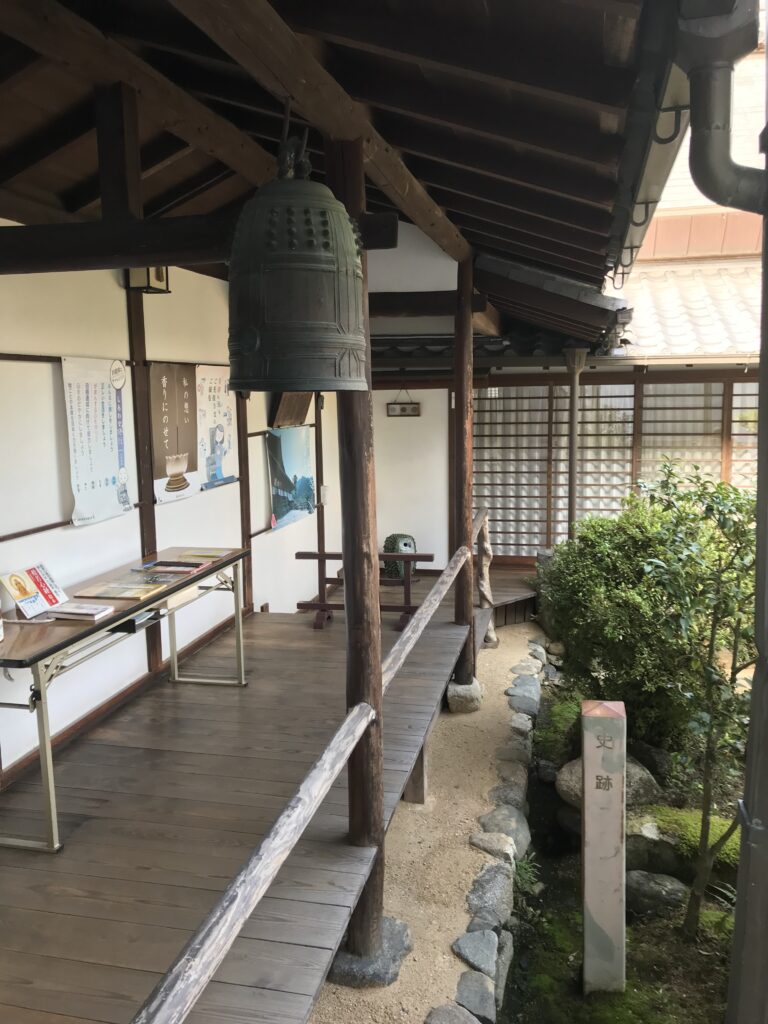
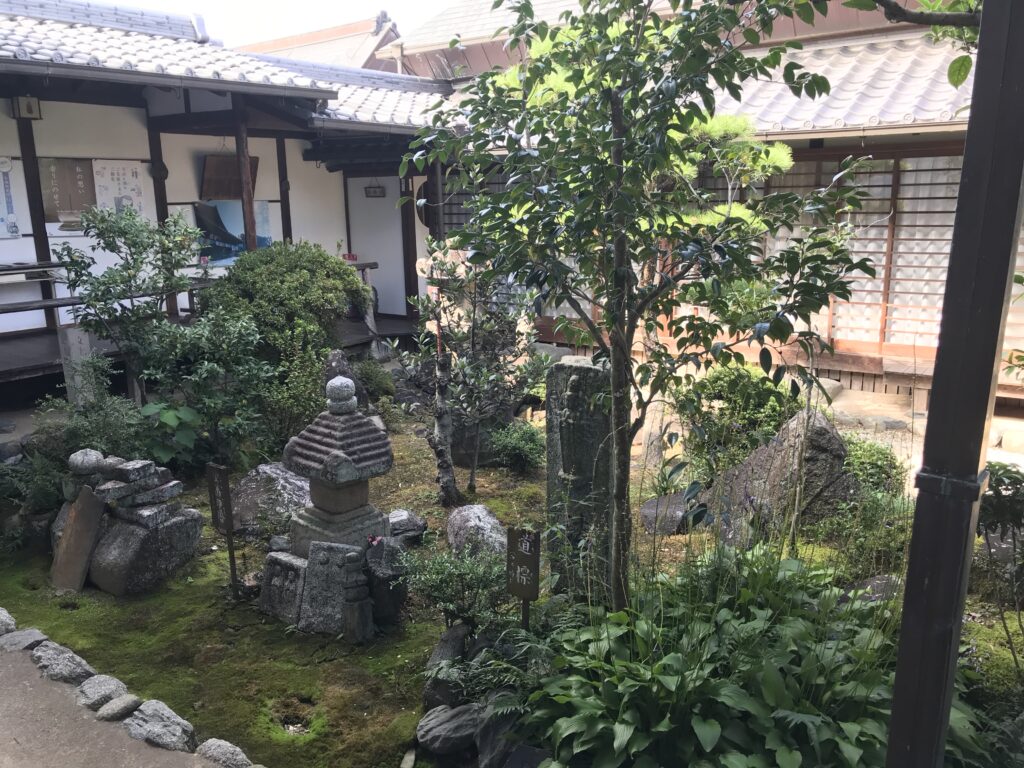
往時を偲ばせる礎石が横たわる
境内にはいくつか建物がありますが、いたって簡素な作りです。かつては塔を中心に金堂が3つ囲むように建っていた飛鳥寺様式の壮大な寺院だった面影は、ほとんど残っていません。ただ、無造作に並んでいるように見える、いくつかの礎石が往時を偲ばせています。(完)
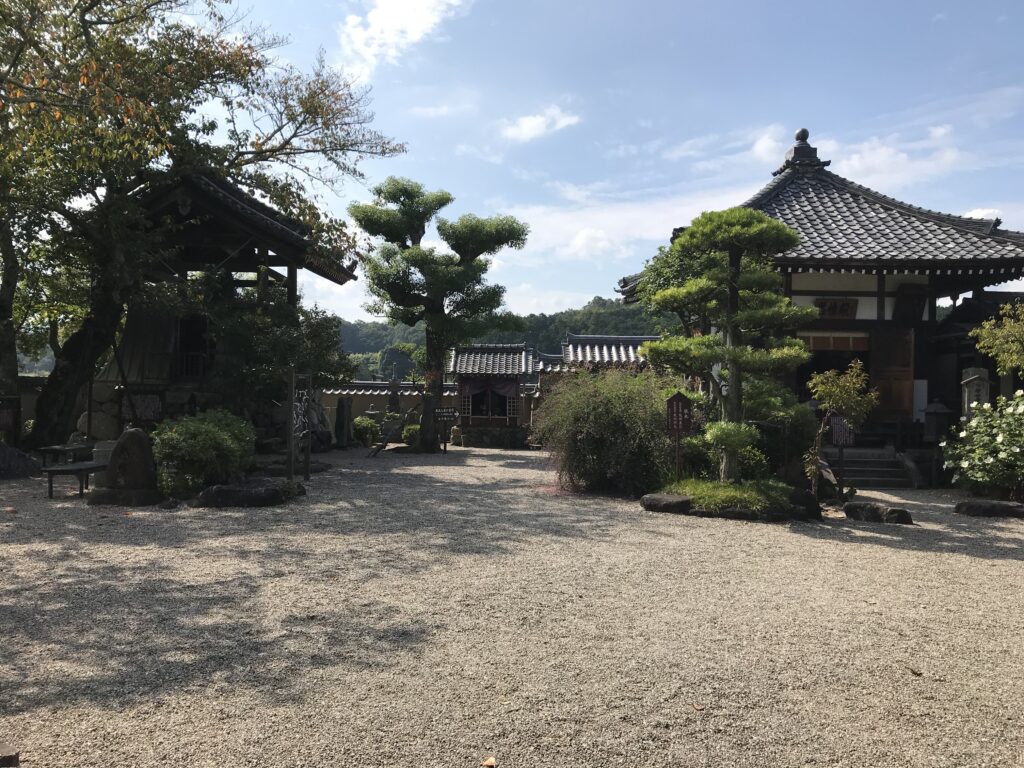
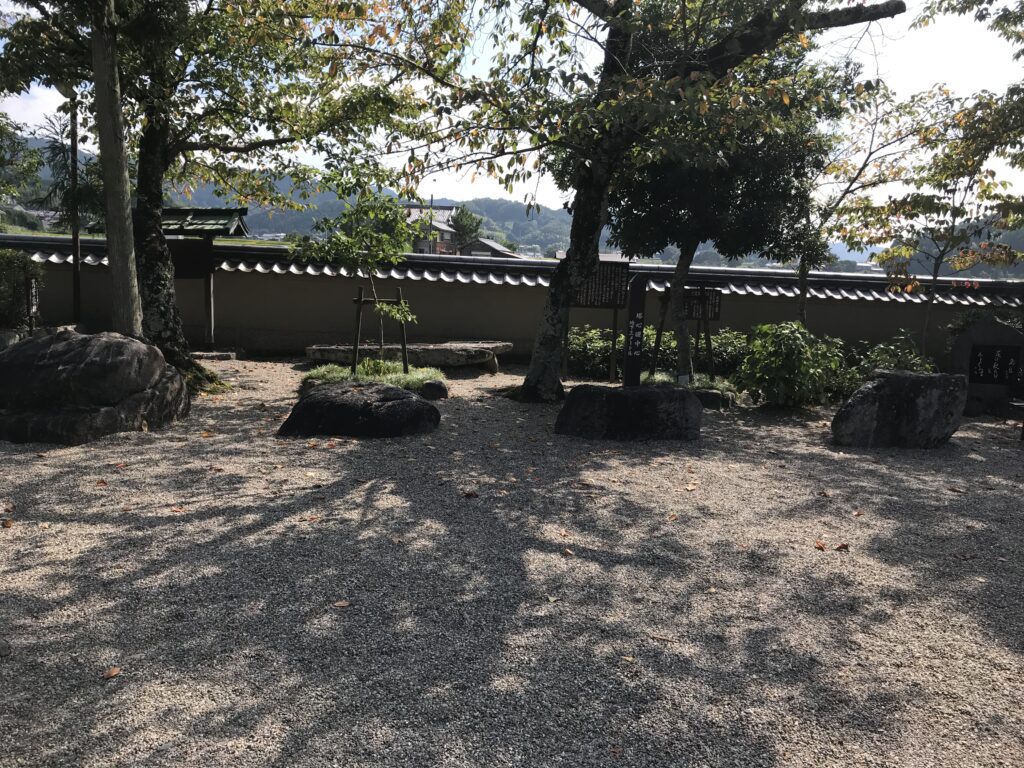
飛鳥寺の御朱印
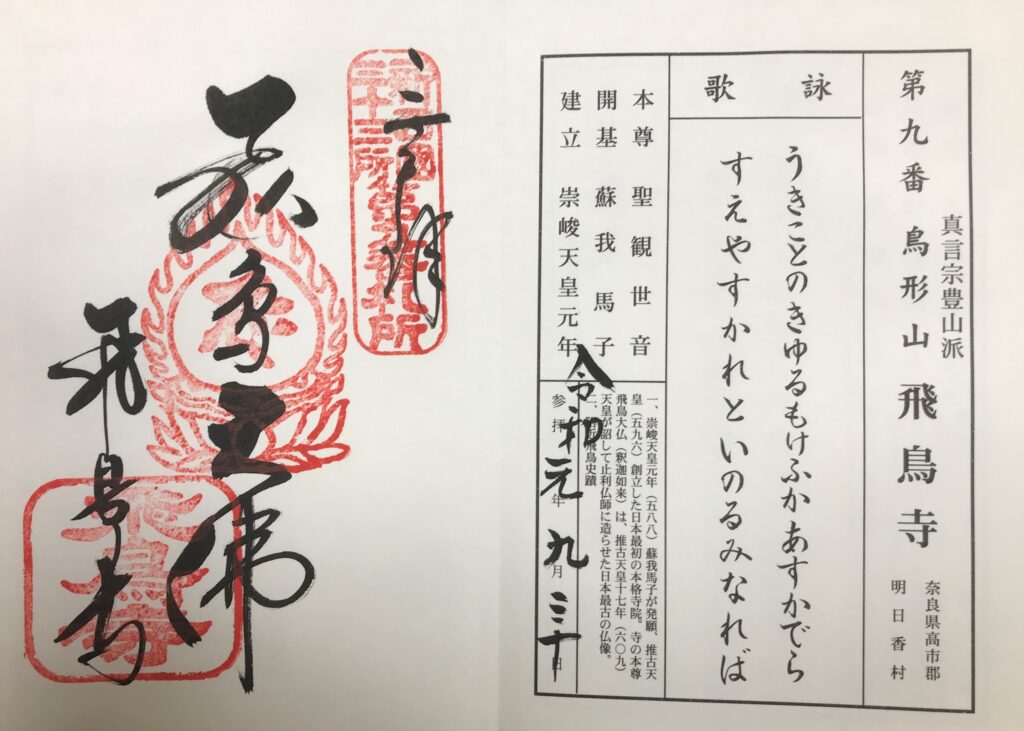
飛鳥寺が紹介されている書籍
作家の五木寛之さんが訪ねた日本の百寺を紹介するシリーズの第一巻 奈良編に飛鳥寺が紹介されています。
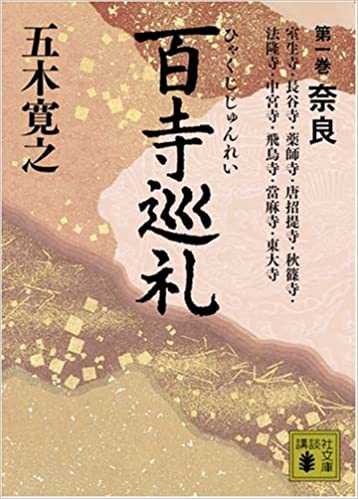
価格:693円
(2021/5/1 18:08時点)
感想(8件)
Asuka-dera Temple (Nara Prefecture)
Climbing Amakashi Hill
At Asuka, let’s try a bicycle tour. Before I knew it, such an image had formed in my mind. Come to think of it, I also remember renting a bicycle before my wife and I got married, so I guess it has already been that way since the end of the 20th century. This time, I decided to visit Asukadera Temple. First, we climbed up Amakashi Hill to get a panoramic view of Asuka. It is still as relaxing as ever, and every time I visit, I get the impression that time has stood still.
The first temple in Japan
When I arrived at Asukadera Temple, several bicycles of the same type were already parked there. I immediately went inside. Famous in Japanese history textbooks, this was the first temple in Japan, built in the 4th year of Emperor Suiko (596). After being destroyed by fire several times, it was rebuilt in the Edo period (1603-1867).
Upon entering the main hall, the Asuka Daibutsu (Great Buddha) is seated. Even if you are accustomed to seeing the Great Buddha at Todaiji Temple, you will be up close and face to face with the Great Buddha here, so there is still something intimidating or powerful about him that looms over the viewer. I spent a while looking at it slowly as I stood face to face with it.
We learn in textbooks that it was created by a Buddhist priest, Kuratsukuri no Tori, and I think we are also taught at that time that it is a style with a severe expression. When you actually face the statue, its expression still seems hard. It is different from the Buddha of the Heian period, but I admired his face with pride as a pioneer who came to the frontier of Buddhism. After that, I walked around the courtyard and went outside.
Cornerstones that remind us of the past lie here.
There are several buildings on the grounds, but they are quite simple. Little remains of the grand Asukadera-style temple that once consisted of a pagoda with three kondo halls surrounding it. However, a few cornerstones that appear to have been randomly placed in a row are a reminder of a bygone era. (End)
Temple Asuka-dera (préfecture de Nara)
Escalade de la colline d’Amakashi
A Asuka, essayons un tour en vélo. Avant même de m’en rendre compte, une telle image s’était formée dans mon esprit. En y réfléchissant, je me souviens aussi avoir loué une bicyclette avant que ma femme et moi nous marions, donc je suppose que c’est déjà comme ça depuis la fin du 20e siècle. Cette fois, j’ai décidé de visiter le temple Asukadera. D’abord, nous avons grimpé la colline d’Amakashi pour avoir une vue panoramique d’Asuka. C’est toujours aussi reposant, et chaque fois que je m’y rends, j’ai l’impression que le temps s’est arrêté.
Le premier temple du Japon
Lorsque je suis arrivé au temple d’Asukadera, plusieurs bicyclettes du même type y étaient déjà garées. Je suis immédiatement entré à l’intérieur. Célèbre dans les manuels d’histoire japonais, c’est le premier temple du Japon, construit la 4e année de l’empereur Suiko (596). Après avoir été détruit par le feu à plusieurs reprises, il a été reconstruit pendant la période Edo (1603-1867).
En entrant dans le hall principal, l’Asuka Daibutsu (Grand Bouddha) est assis. Même si vous avez l’habitude de voir le Grand Bouddha au temple Todaiji, vous serez ici de près et face à face avec le Grand Bouddha, il y a donc toujours quelque chose d’intimidant ou de puissant en lui qui domine le spectateur. J’ai passé un moment à le regarder lentement, alors que je me tenais face à lui.
Nous apprenons dans les manuels qu’il a été créé par un prêtre bouddhiste, Kuratsukuri no Tori, et je pense qu’on nous enseigne également à cette époque qu’il s’agit d’un style à l’expression sévère. Lorsque vous faites réellement face à la statue, son expression semble encore dure. Elle est différente de celle du Bouddha de la période Heian, mais j’ai admiré son visage avec fierté, comme un pionnier qui est venu à la frontière du bouddhisme. Après cela, j’ai fait le tour de la cour et je suis sorti.
Les pierres angulaires qui nous rappellent le passé reposent ici.
Il y a plusieurs bâtiments sur le terrain, mais ils sont assez simples. Il ne reste pas grand-chose du grand temple de style Asukadera qui consistait autrefois en une pagode entourée de trois salles de kondo. Cependant, quelques pierres angulaires qui semblent avoir été placées au hasard dans une rangée sont un rappel d’une époque révolue. (Fin)
